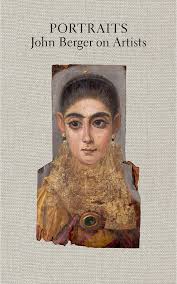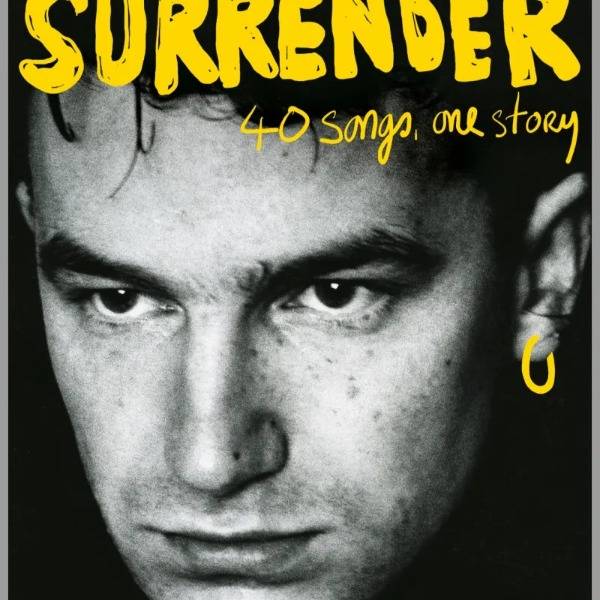
This article is a preview from the Spring 2016 edition of New Humanist. You can find out more and subscribe here.
Portraits: John Berger on Artists (Verso) by John Berger
“It makes me very aware of being in the time in which we are now living,” John Berger said in a recent talk about his latest book. Portraits: John Berger on Artists is a collection spanning a range of art, from cave paintings to 21st-century works, illustrated with black-and-white reproductions, “simple memoranda”, rather than “items in a luxury brochure for millionaires”.
Berger’s ability to bring topical issues into a sharper focus by looking at them through the prism of art never fails. A 2008 piece on Antonello da Messina, which starts with Berger going to the National Gallery and finishes with him being thrown out by security guards, predates the gallery staff’s recent anti-privatisation strike. The occasion when “Piss Christ” by Andres Serrano was smashed by protesters in 2011 is evoked to demonstrate yet again that our age of information is rife with ignorance. Migration, a subject Berger has written extensively on, is central to his essay about Fayum portraits, which speak to “a century of partings without end, and a century haunted by the memories of those partings”.
Berger is known for his Marxist views, and one of his greatest critical achievements, best exemplified by his 1967 essay “Art and Property Now”, is to have shown the validity of a Marxist approach to art. Within that approach, he treats revolutionary artists and their conservative counterparts equally, judging them on the innovative qualities and immediacy of their art rather than on their politics. Comparing Frida Kahlo and Francis Bacon, two artists whose work is concerned with pain, he says that in Bacon’s paintings “pain is being watched through a screen, like soiled linen being watched through the round window of a washing machine”, whereas Kahlo depicts it close up. And that’s important because “the sharing of pain is one of the essential preconditions for a refinding of dignity and hope”.
Having witnessed many of the terrible events of the 20th century, Berger still sees hope as inextricably linked to history, a vital notion to him. “To decide to engage oneself in History requires, even when a decision is a desperate one, hope,” he writes in an essay about the German artist Käthe Kollwitz. When prose no longer suffices to convince the reader that hope, dignity, “a sense of belonging to what-has-been and to the yet-to-come” are not mere words, Berger turns to poetry. He quotes many poets to point out that looking at the works of artists he admires feels like “walking … across the terrain of poetry”.
Throughout his career, Berger has returned to many of his subjects, from Goya to Fernand Léger to Henry Moore, time and again, always discovering something new. This collection has been edited by Tom Overton to highlight the originality of Berger the essayist. Fragments of the author’s correspondence with Benedict Nicolson, with their contrasting opinions, enrich an essay on the Italian painter Renato Guttuso. A piece on Goya is a collage of criticism, fiction and drama.
“A student asked me what century I would choose to live in – as a painter,” opens the piece on Goya. “I replied today. It is the only answer possible.” It is even truer for Berger the critic, who abandoned painting in the early 1950s because “something desperately needed to be said today”. In an essay on Picasso’s late period, he says of the artist: “And so he was alone – like the old always are.” The launch of Portraits drew a crowd to the British Library. As Berger, about to turn 89, talked to the audience, he was with his readers, as he has always been.

